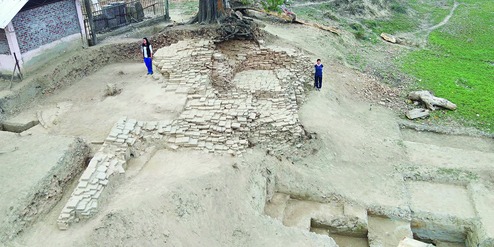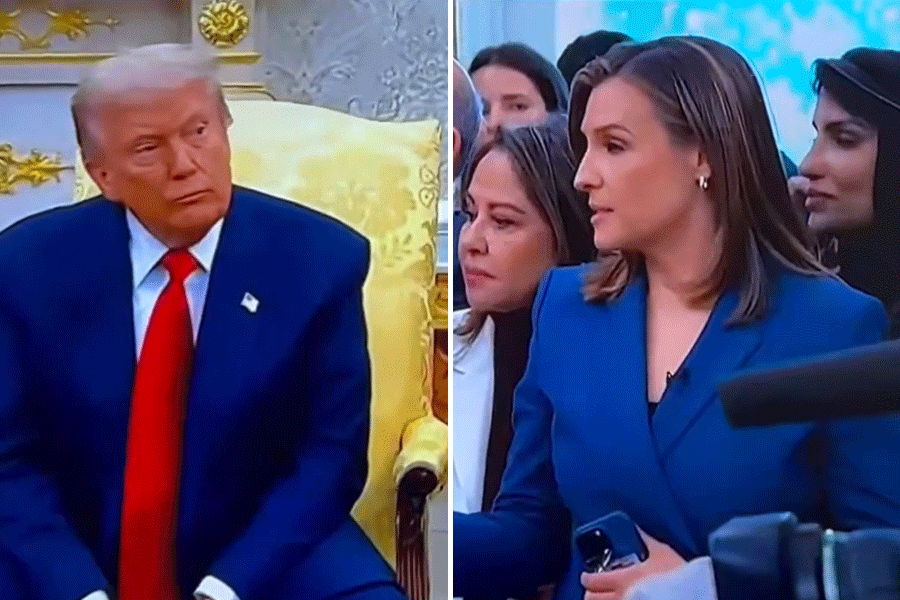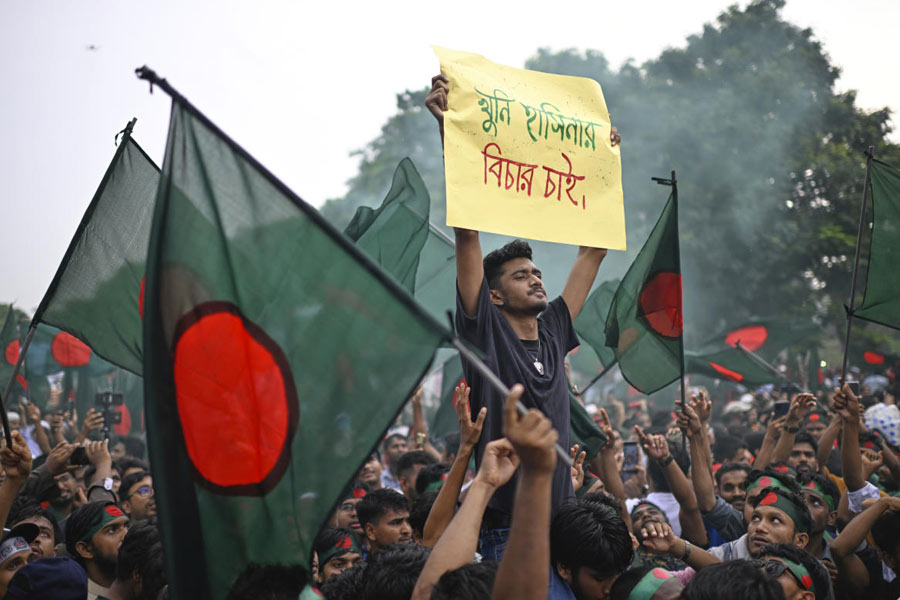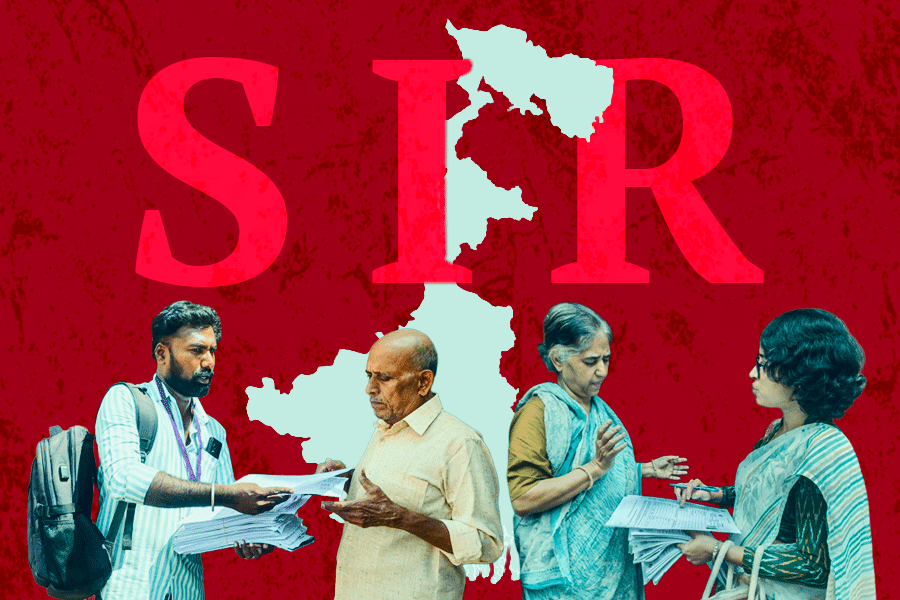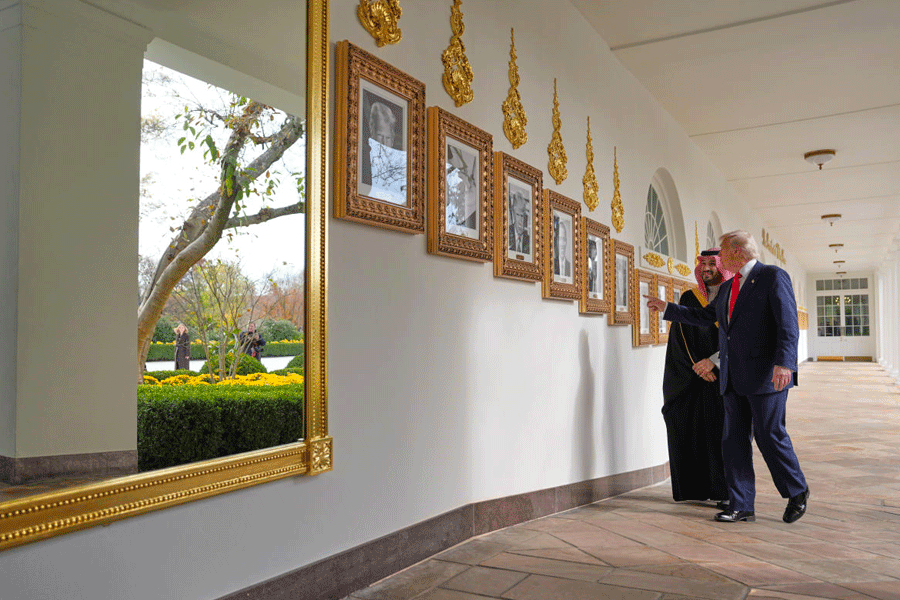
Guwahati: The directorate of archaeology, Assam will send the samples of the site unearthed last month during its excavation in Upper Assam's Dibrugarh district to Wadia Institute of Himalayan Geology, Dehradun, for optically-stimulated luminescence dating to know its exact period .
During the two-month excavation at Moiramora archaeological site, Jokai, in the district it was found that the site had remains of two distinct cultural phases - early medieval and late medieval period.
"We will send the remains of the site to Wadia Institute of Himalayan Geology, Dehradun, for dating ," said Chabina Hassan, the exploration officer of the directorate.
A team of archaeologists of the directorate conducted an excavation at the site from December 20 last year to February 20 this year. The work was carried out under the supervision of Deepi Rekha Kouli, the director, directorate of archaeology.
Moiramara is a state-protected archaeological site of the directorate well known for life-size stone images recovered in the early 80s.
On the premises of the site, a xatra has been set up by the villagers known as Moiramara Satra or than.
"Trace of an old paleo-channel of the Dihing river is found near the site. Near the river channel, a five-feet brick mound exists, which seems to be an alignment of the foundation of an ancient temple," said Hassan.
The excavation revealed a brick plinth of a temple of Hindu pantheon . The eastern parts of the temple got eroded by the river.
Copper coins of the British period, silver flowers, earthenware, brokenstone images, dressed stone slabs and various sizes of burnt bricks were found during the excavation.
" The stone images displayed in the shed reveal two different cultures. The image carved on granite is older than the image carved on sandstone. So, it appears to be datable to 8th to 9th century AD," said Kouli.
"Though the temple is small in size, it is a solitary example in Upper Assam, from the historical perspective, and has immense importance and significance. Earlier, it was believed that this part of the state was barren land before the advent of Ahom, but discovery of this saptaratha temple plinth has extended the history of this area back to the 8th-9th century AD," she added.
The directorate has also taken up restoration of Jagadhatri Doul, Sivasagar, Garakhiya Doul, Sivasagar, Basudev Doul in Biswanath Chariali and Garh Doul in Sonitpur.

